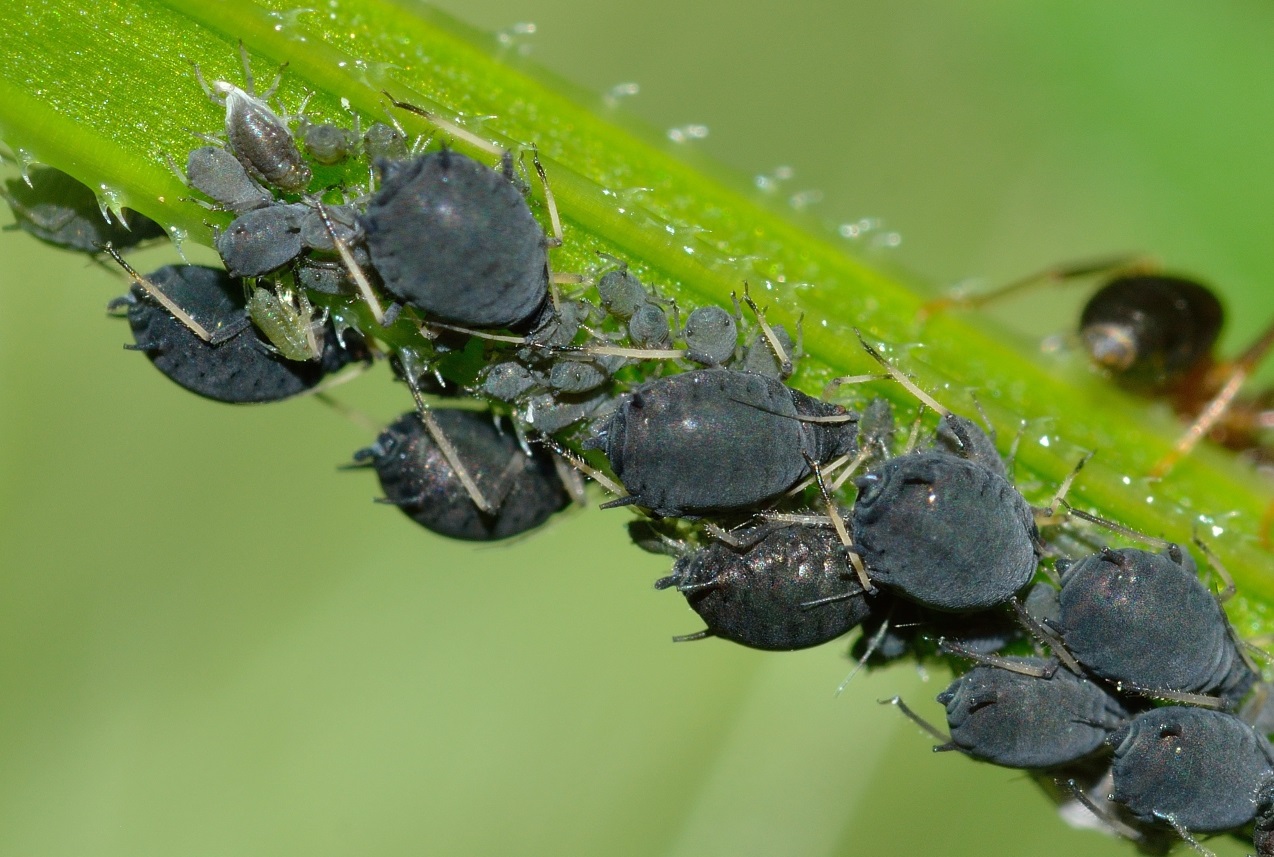Agrochemicals
Tackling pesticide resistance 4th February 2019
By Sarah Harding, PhD
An emerging crisis in the world of crop protection mirrors that of antibiotic resistance in healthcare – we look at some o

An emerging crisis in the world of crop protection mirrors that of antibiotic resistance in healthcare – we look at some of the ways in which pesticide resistance can be managed, through the responsible and controlled use of synthetic and biological agents.
According to the World Health Organization (WHO), antibiotic resistance is rising to dangerously high levels in all parts of the world – new resistance mechanisms are evolving and spreading, threatening our ability to treat common infectious diseases. Widespread calls for action have led to initiative such as the one described elsewhere in this magazine,1 which will hopefully stimulate urgent research in this field.
Meanwhile, running parallel to the growing crisis in healthcare, evolution is also challenging our attempts to control crop pests. Since the extensive use of synthetic pesticides in the 20th century, cases of resistance have been reported in all types of pests. As just one example, the Colorado potato beetle has evolved resistance to 52 different compounds belonging to all major insecticide classes.
One way of tackling the problem is the practice of pesticide rotation. This involves switching among pesticide classes with different modes of action (MoAs) to delay or prevent the development of resistance. Sequential applications or mixtures of products with different, effective MoAs is a key strategy to delay the onset of resistance, and it is driving calls for MoA information on product labels. The inclusion of this information would ensure growers have access to critical information to support the implementation of resistance management.
Last year, the industry association CropLife International and its member companies made a voluntary commitment to include mode of action (MoA) information on all pesticide product labels by 2023.2 Currently, MoA labelling is only a regulatory requirement in a small number of countries, but CropLife International is encouraging authorities around the world to require mandatory labelling. Separately, it is encouraging pesticide manufacturers to follow its lead with voluntary labelling.
Growing crops today frequently requires the combined use of novel crop protection products, transgenic plants and integrated management techniques. Effective integrated pest management (IPM) programmes, which may prevent or delay resistance, include the use of synthetic insecticides, biological insecticides, beneficial arthropods, cultural practices, crop rotation and pest-resistant crop varieties.
Biological control in agriculture, which involves the use of natural predators and parasites to manage pests, is seeing a rise in popularity. Estimated at over a $3 billion in 2016, by 2022 the biopesticide market is projected to reach $8.8 billion. Biological control offers sustainable pest suppression, partly because evolution of resistance to predators and parasitoids is prevented by several factors, such as spatial or temporal refuges from attacks, reciprocal evolution by control agents, and contrasting selection pressures from other enemy species.
However, it has been argued that evolution of resistance to biological agents may become more probable as agricultural intensification reduces the availability of refuges and diversity of enemy species, or if control agents have genetic barriers to evolution. Therefore, while advocates have in the past claimed that pests are unlikely to develop ‘resistance’ to natural enemies, experts are now warning that low plant and enemy biodiversity in intensive large-scale agriculture may facilitate the evolution of host resistance by pests and threaten the long-term viability of biological control.3 As with synthetic pesticides, the responsible and controlled use of biological agents could go a long way to preventing the development of resistance.
Perhaps the answer doesn’t lie in biologics or synthetics alone. There has also recently been a move toward finding biological products and technologies that complement synthetic products, and which enable growers to minimize the overall chemical load (and residues), improve safety and potentially delay or mitigate the development of resistance due to multiple mechanisms of action involved. A new generation ‘hybrid’ products, that combine the powers of biological agents and synthetic chemistries, may present a new era in pest control.
As demands on the agricultural industry are predicted to increase in coming decades, with the expanding global population, pesticide resistance will become ever more important. Agrochemical manufacturers and distributors can contribute enormously to this effort by updating their labels to include MoA information in a transparent, comprehensive and consistent manner. Encouraging growers to use their products – synthetic or biological – in a responsible and controlled way is also key. The future of our food security might very well depend on it.
Reference
1. Jackson P. http://chemicalsknowledgehub.com/article/pharmaceuticals/view/revamp-ing-antibiotic-funding/
2. CropLife International. Mode of Action Labelling Guidance, March 2018.
3. Tomasetto F et al. Proc Natl Acad Sci USA 2017;114:3885–90.
Author:
Sarah Harding worked as a medical writer and consultant in the pharmaceutical industry for 15 years, for the last 10 years of which she owned and ran her own medical communications agency that provided a range of services to blue-chip Pharma companies. In 2016, she began a new career in publishing as Editor of Speciality Chemicals Magazine, and in 2019 we were honoured to welcome her as Editorial Director at Chemicals Knowledge.
E: Sarah.Harding@ckhglobal.org



